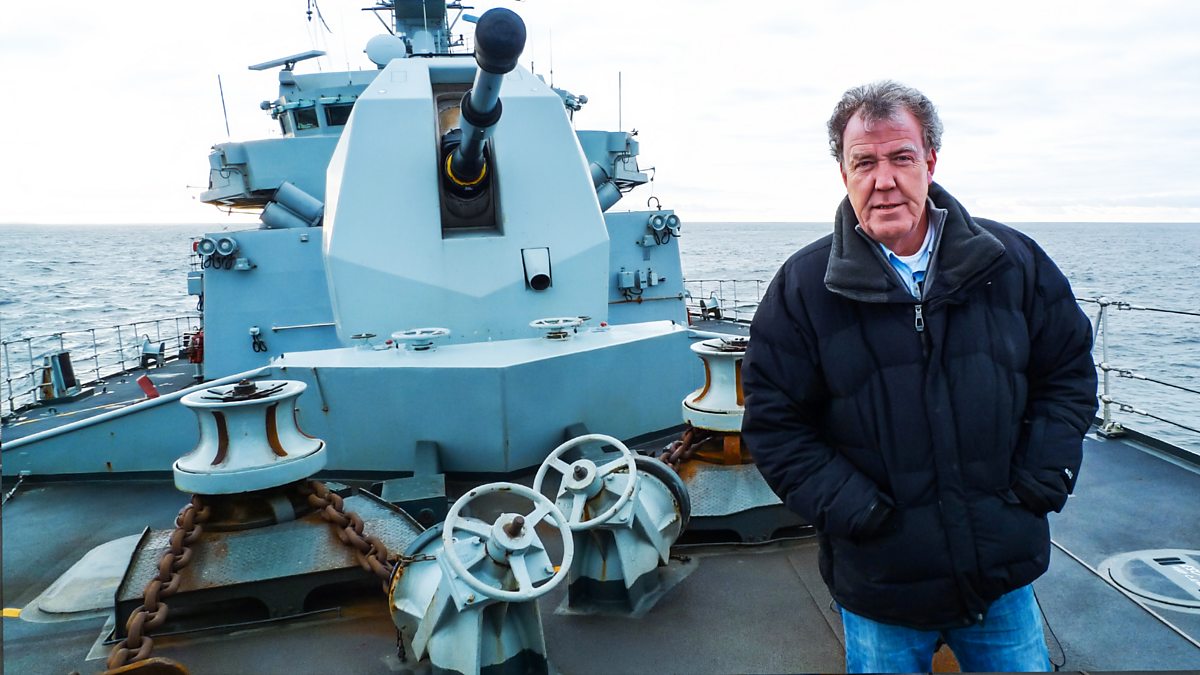Lady Penelope
master brummie
My father, John Bennett, was in the Royal Navy during WW2. I have just read Andrew Williams' book 'The Battle of the Atlantic' and would like some help please.
Dad died suddenly when I was 16 so I didn't get to talk to him about the war. However, I do have his record of service and 17 'snaps' which were taken at sea. I would love to know a little more about them.
I know that some of the ships he was on were training ships but I think it's best if I list them:
Collingwood, Victory, Dunluce Castle, Aurora, Burwell (Ferret), King Alfred, Drake IV (Skate), Victory III (Fleetwood).
He was also at Lochailort, training base in Scotland which we passed when travelling on the steam train to Mallaig.
On another thread I confused everyone by posting too many pictures at once so I will try to do better on this thread.
Firstly, I was wondering if anyone can shed any light on which ships are in these pictures please?




Dad died suddenly when I was 16 so I didn't get to talk to him about the war. However, I do have his record of service and 17 'snaps' which were taken at sea. I would love to know a little more about them.
I know that some of the ships he was on were training ships but I think it's best if I list them:
Collingwood, Victory, Dunluce Castle, Aurora, Burwell (Ferret), King Alfred, Drake IV (Skate), Victory III (Fleetwood).
He was also at Lochailort, training base in Scotland which we passed when travelling on the steam train to Mallaig.
On another thread I confused everyone by posting too many pictures at once so I will try to do better on this thread.
Firstly, I was wondering if anyone can shed any light on which ships are in these pictures please?




Last edited:



















